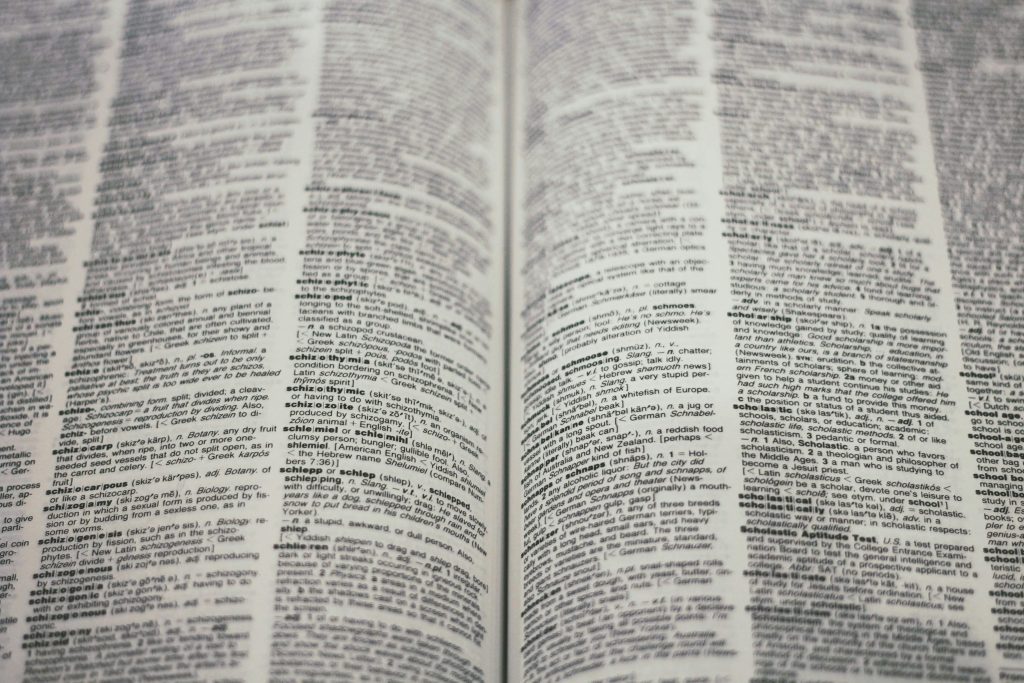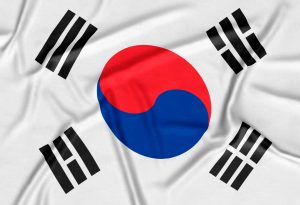
The world is becoming more and more connected nowadays due to the advancement in the telecom industry. Now, we can communicate miles apart from each other. This interconnectedness is further strengthened by the translation tools that are breaking the language barriers. Once considered a major limiting factor, these barriers don’t prevent people from staying connected with each other. This is all because of the way translation is done nowadays. Business deals, client communication, and multicultural environments are possible with the help of translation expertise and devices that make it easier to connect with someone who is native to a different language.
Translation services are now available in different aspects of a corporate firm. It is seen in chores like the paperwork of a company, legal documents, financial statement translation, technical paperwork, interpersonal communication, etc. For this reason, getting proficient in translating doesn’t necessarily require you to be a native speaker of that particular language; there are other prerequisites as well.
It requires a deep understanding of the culture of the people whose dialect is your target language as well as a thorough understanding of the translation process. You must also be fluent in both languages, not making structural and grammatical mistakes in the translation, etc.
There are a lot of processes going on in the background that the consumer is not aware of! So, let’s take a look behind the scenes and observe how translations are done behind closed doors.
Inspection
It just doesn’t necessarily mean to translate one piece of written material from one language into another. A translator has to look at different aspects of translating a document. These are things like the context of the written information, the target audience, and how they will perceive that information. Also, translators have to be mindful of the reason for translating that piece of text into a new language.
Consider a healthcare company looking to enter a new market. This content will be written on their products so it needs to be free from errors that are deemed as cultural, contextual, or grammatical ones. In short, it all falls under the inspection process of translating a piece of content.
Process
The inspection step is followed by a process in which the translation is done, keeping in mind all the different aspects that were highlighted in the inspection process. In the second process, translators are very careful when selecting the right words, keeping in mind the consequences that may arise from the wrong choice of words. Here, another factor is important when translating different topics. An individual translator must have expertise in a certain niche that makes them convince the audience and communicate with them in a conversational tone.
That’s why legal translation requires a legal expert who can navigate the different nuances of translating legal documents. Similarly, medical documents are better translated by a translator with expertise in the healthcare field. Marketing-related translation work is better done by transcreation experts.

Proofreading
This translation is not just done once and like never edited again. There must be a separate proofreader that looks at the document after initial translation.
The job of a proofreader is to look at different factors like accuracy, brevity, structural mistakes, composition of the text, cultural familiarity, and the quality of the text. Quality means how informative the text is and whether it seeks to educate the reader or not.
Quality Control
This is essentially a transitional step from the previous one. Here, things like the quality of the translation, formatting mistakes, further proofreading errors, etc. are being looked at. Moreover, a detailed discussion with the translator is done to analyze the different ways they tackle the problems during the translation of a particular material. The consistency of the text is also an important factor that is being checked during this step of the translation process.
Feedback from the Client
Now that the translation process is concluded, the next step is to provide the client with a carefully created piece of translated content. Here, the client might either accept the translation directly or suggest different ways to further improve or edit the document according to their needs. This is an important step in the feedback process.
Here again, there is a need for effective communication skills which prove to be successful in tackling the queries of the client and generating revenue. Moreover, the client also has the right to suggest revisions according to the original brief that they might have provided to the translation agency.
These are some of the behind-the-scenes steps that contribute ultimately toward the quality translation that we see in many walks of life.
Now, let’s discuss some of the most important aspects of a good translation.

Important Aspects of a Sound Translation
These are some of the important key things that can be found in a quality piece of translation:
Professional Translators
The basis of a good translation lies in the hands of the person responsible for translating the content. The person who is responsible for managing a big translation project must be equally qualified and have prior experience in the field of translation. Moreover, a qualified translator has the equal level of language proficiency that is seen in the natives of that particular language.
Expertise in a Certain Topic
Language proficiency doesn’t qualify you to be a professional translator if you don’t have a good grasp of the topic at hand. This means that a translator who performs translation in the field of technology must not be lagging in another field. For this reason, it is important for translation services to hire a person who has a keen understanding of the type of content that firm translates.

Understanding the Different Cultures
Language has a lot to do with culture. And there can be severe consequences if a subject is translated wrongly. Therefore, things like the tone of the translation, the stance of the writer in a particular scenario, and respect for certain customs, taboos, and traditions from a particular culture are important. This is one of the most highly sought-after steps in finding a good translator. The best translators tend to find a very specific niche, understand the culture, and keep on producing high-quality content.
Clear Concise Communication
When a translation firm is dealing with a specific project, it is important to have a clear and concise mode of communication regarding the difficulties faced during a project. Designations like translators, editors, quality assurance officers, project managers, team leads are all responsible for creating a sound piece of translation.
Now, let’s discuss some of the challenges that normally arise while translating in a firm:
Language Barrier:
A professional translator is usually more than qualified and native to the type of language in which they are translating that piece of content. Some languages are always evolving, and there can be a lot of issues regarding idioms, languages, accents, language inconsistencies with respect to different regions in a country, etc. Also, there are no substitute words for direct translation in certain languages. These are some things that a translation firm has to look at when working on a project.

Project Deadlines
One of the most challenging tasks is to complete a translation project within a given time duration. Some projects are a lot more complex and explaining this to the client can be difficult sometimes.
Therefore, an organization has to clearly communicate this message to employees. Employees must be paid a competitive salary and additional perks so they feel motivated and produce projects beforehand.
For those who don’t know, translation requires an in-depth level of concentration, and completing the projects on time can be really challenging.
Security Concerns
Translators have to deal with a lot of documents that are confidential in nature and must be transliterated into another nation’s language while completely conveying the important information. These are documents like the financial report of a multinational firm or legal documents that have the utmost importance in court-related matters.
These can also be documents containing sensitive military information. So, security-related documents must be taken care of properly. Not only do they pay a significantly higher amount of money but they are much more complex. Failing to translate on this topic can have severe consequences later.
Conclusion
Translation just doesn’t require a translator to perform their job. It is a systematic process involving a lot of employees who need to be on top of their game. So, it is important for employees to take rotating shifts.
A single mistake can prove to be cost worthy in this field. As we discussed above, there are a lot of challenges that the translating staff has to go through, so taking time to refresh their mind is equally important.
Additionally, the company should look to take a long term approach, and find ways to satisfy clients by building genuine relationships with them. For this reason, TranslateSwift is a firm that seeks to deal with translation related queries in the best way possible.
FAQs
How do you ensure top-quality translation?
Doing quality translation involves a lot of crucial steps that ensure there are no grammatical mistakes in your content and the translator has correctly translated relevant terminologies.
What are the good qualities of a good translator?
The key qualities of a good translator included fluency in the two languages, accuracy, cultural sensitivity, and faithfulness to the source material.
What is a quality standard of good translation?
A particular quality standard of good translation is ISO 17100:2015.










